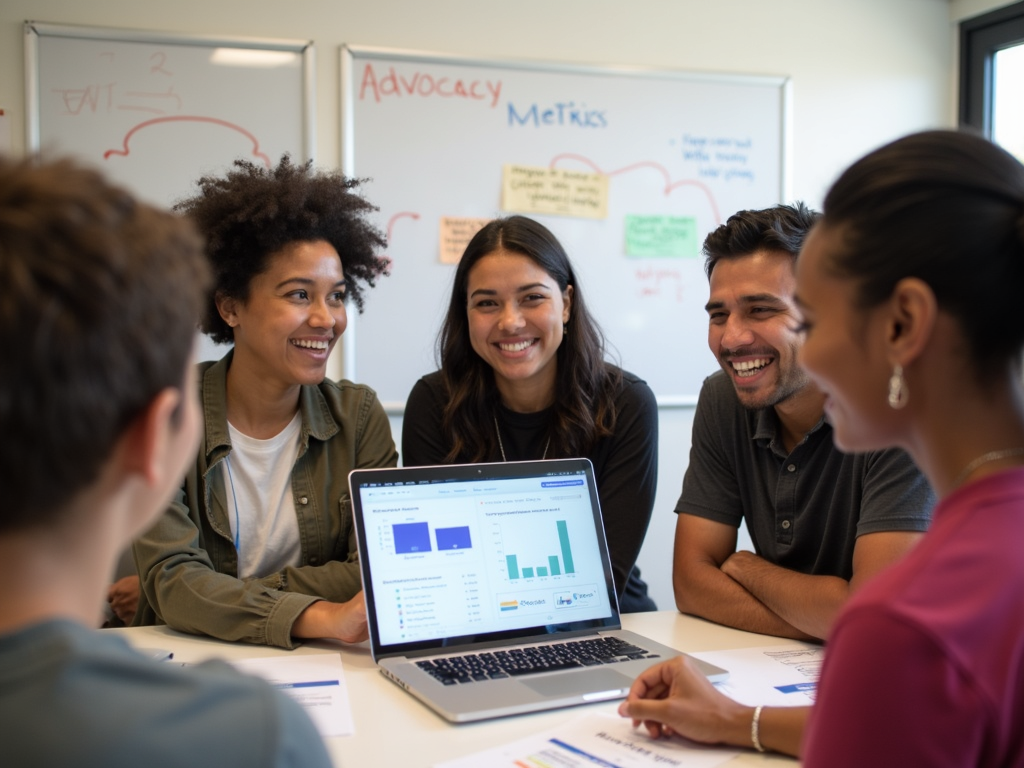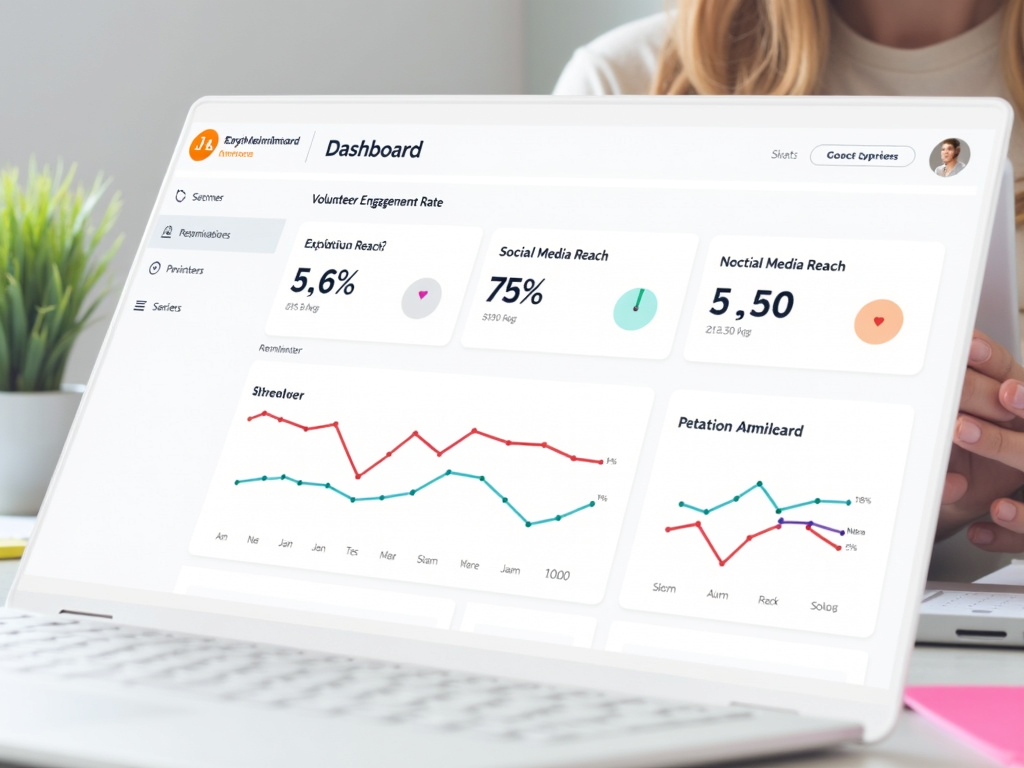How to Measure the Impact of Your Advocacy Program
By , June 14, 2025
Overview
Advocacy programs spark change by rallying people around a cause or goal. Volunteers often lead the charge, spreading the word with passion. But how do you know your efforts work? Measuring impact shows what’s effective and where to improve. This article explains how, step by step.

What Are Advocacy Programs?
Advocacy programs are efforts where people—often volunteers—push for a cause, policy, or group they care about. Think of campaigns to protect the environment or support new laws. Volunteers make these programs special, bringing energy and real stories to the table.
But passion alone doesn’t tell you if you’re winning. Measuring the impact of your advocacy program shows what’s working. It helps you prove your value to supporters, keep volunteers excited, and plan better next time. Let’s break it down.
Step 1: Set Clear Goals
You can’t measure success without knowing what it looks like. Start by setting goals for your advocacy program. Ask: What do we want to achieve? Maybe it’s getting a law passed or raising awareness about an issue.
Make your goals clear and trackable. For example:
- Get 1,000 petition signatures in three months.
- Grow volunteer numbers by 20% this year.
I’ve found that specific goals keep everyone focused. Once, I helped a team aim for 500 social media shares. We hit it because we knew exactly what to chase.

Step 2: Pick the Right Metrics
Metrics are numbers that show how your program’s doing. Choose ones tied to your goals. Here’s a simple table of options:
| Metric | What It Measures | Example |
|---|---|---|
| Reach | How many hear your message | 5,000 social media views |
| Engagement | How people respond | 200 likes or shares |
| Action | Results from your work | 300 petition signatures |
| Retention | Keeping volunteers | 80% stay for six months |
I’ve learned engagement often matters most. When volunteers share your message, it shows they’re all in. Don’t skip stories either—numbers alone miss the human side.
Step 3: Use Tools to Track Progress
Good tools make measuring easier. Here are some I’ve used:
- Google Analytics: Tracks website visits and actions, like sign-ups.
- Social Media Dashboards: Shows views and likes on platforms like Twitter.
- Surveys: Ask volunteers how they feel with tools like Google Forms.
Once, I used Google Analytics to see our campaign page got 2,000 hits after a big push. It proved our ads worked. Pick tools that fit your needs and connect your data.

Step 4: Make Sense of Your Data
Collecting data is great, but understanding it is key. Look for patterns. Are you hitting your goals? What’s working best?
For example, if shares jump after an event, that’s a win to repeat. I once saw sign-ups double when we shared a volunteer’s story. It showed me real experiences connect people. Check your numbers often, but watch for outside factors—like big news—that might skew them.
Step 5: Improve with What You Learn
Use your data to get better. Share wins with your team—it keeps them motivated. If something’s off, like low volunteer retention, try new ideas. Maybe add training or check-ins.
I’ve seen programs grow stronger by tweaking plans based on data. Once, we shifted focus to Instagram after seeing higher engagement there. It boosted our reach by 30%. Keep learning and adapting.

Tips for Advocacy Programs for Volunteers
Volunteers drive advocacy, so make measuring fun for them. Show how their work adds up—like how many people they reached. Use free tools if cash is tight. And don’t overcomplicate it—focus on a few key metrics.
The Nonprofit Technology Network has great resources on this. Simple steps can show volunteers their impact and keep them coming back.
Summary
Measuring the impact of your advocacy program isn’t hard if you break it down. Set goals, track metrics, use tools, study your data, and improve. Volunteers fuel these programs, and showing their success keeps them inspired. With these steps, you’ll see what works and make your advocacy stronger.